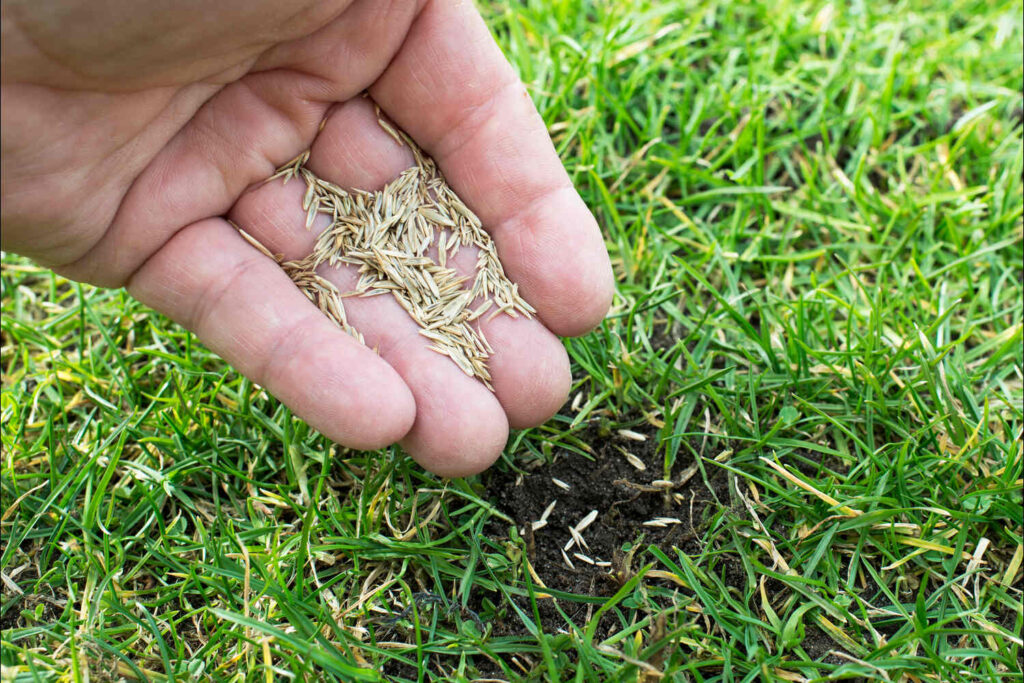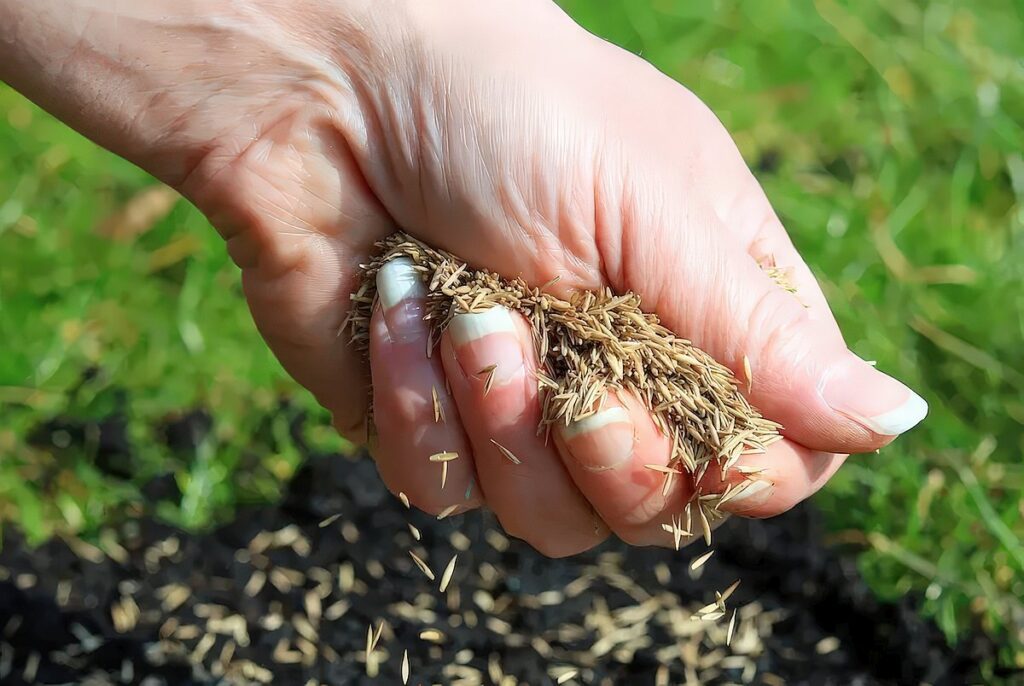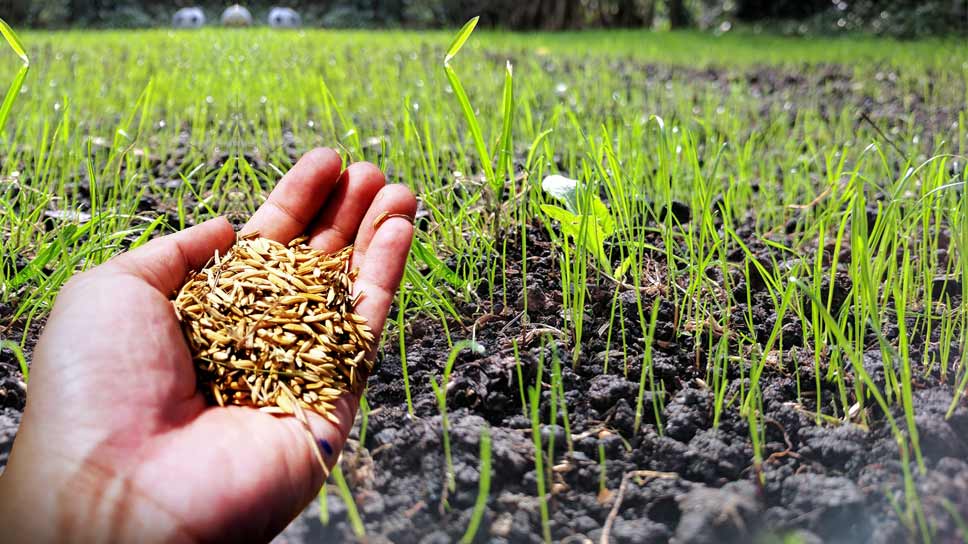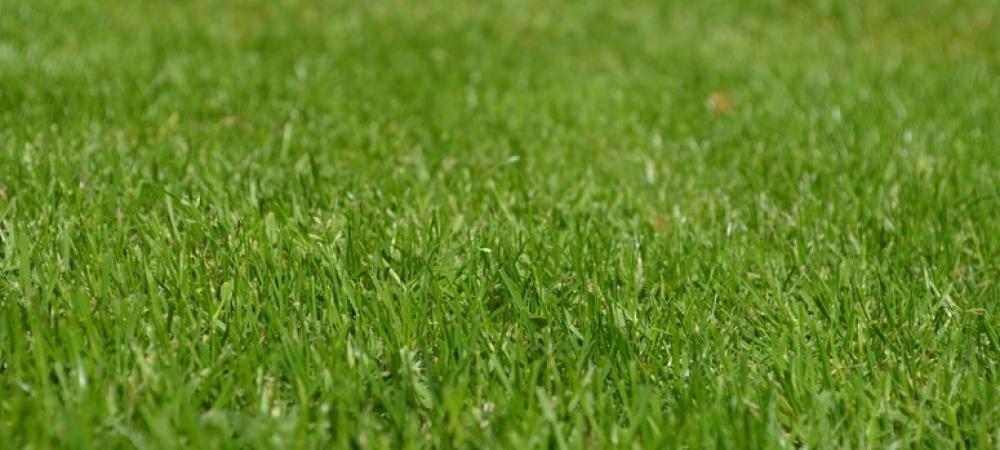Maintaining a lush, green lawn in Texas isn’t just about watering and mowing — timing is everything, especially when it comes to reseeding. With Texas’ unique climate zones ranging from dry and arid to humid and subtropical, understanding the best time of year to reseed a lawn in Texas is crucial for success. In this guide, we’ll explore the ideal seasons for reseeding, grass types suited for Texas lawns, and expert tips to ensure strong, healthy growth.


Why Reseeding Is Important
Reseeding, also known as overseeding, involves spreading new grass seed over an existing lawn. It helps repair bare spots, improve turf density, and enhance the lawn’s overall appearance and health. For Texas homeowners, reseeding is particularly beneficial after periods of intense heat, drought, or heavy foot traffic, all of which can cause thinning or patchy grass.
Understanding Texas Climate Zones
Texas is divided into several climate zones:
North Texas (e.g., Dallas, Fort Worth): Hot summers and cold winters
Central Texas (e.g., Austin, Waco): Warm, humid climate with mild winters
South Texas (e.g., San Antonio, Corpus Christi): Subtropical with long growing seasons
West Texas (e.g., Lubbock, El Paso): Dry and arid with cooler nights
Each region experiences different growing conditions, so timing reseeding correctly based on your specific zone is essential.
How to Reseed a Lawn in Texas – Step-by-Step
Mow low and remove clippings to expose soil
Rake or dethatch to loosen the top layer of soil
Aerate the lawn to improve seed-to-soil contact
Spread seed evenly using a broadcast spreader
Topdress with compost to improve soil and hold moisture
Water lightly and frequently to keep soil moist (not soaked)
Avoid foot traffic for the first few weeks
Consistent care in the first 3–4 weeks is critical for seedling success.
Pro Tips for Lawn Success in Texas
Test your soil before reseeding to check pH and nutrient levels
Use starter fertilizer designed for new grass seed
Don’t mow too early – wait until new grass reaches 3–4 inches tall
Keep pets and kids off newly seeded areas
Water early in the day to prevent fungal issues
Best Time to Reseed a Lawn in Texas
Fall: The Prime Season for Reseeding
September through early November is generally considered the best time to reseed a lawn in Texas. Here’s why:
Cooler temperatures reduce heat stress on new grass
Warm soil encourages faster germination
Reduced weed competition allows grass to establish more easily
Optimal moisture levels help support consistent seed growth
Fall gives grass enough time to develop a strong root system before winter dormancy, especially in cooler parts of the state.
Spring: A Secondary Option
If you miss the fall window, early spring (February to April) can also work, particularly in warmer areas like South or Central Texas. However, reseeding in spring means:
Increased competition from weeds
Higher risk of heat stress if seeding is delayed into late spring
Need for more frequent watering to keep seeds moist
To improve results, use a pre-emergent herbicide after seeds have germinated and the grass has been mowed a few times.
Choosing the Right Grass Seed for Texas Lawns
The best grass seed depends on your location and how much sun or shade your lawn receives. Here are popular grass types for Texas:
Cool-Season Grasses (Best for North Texas):
Tall Fescue: Shade tolerant, drought resistant
Perennial Ryegrass: Quick germination, ideal for overseeding
Kentucky Bluegrass: Lush and dense, but needs more water
Warm-Season Grasses (Best for Central, South, and West Texas):
Bermudagrass: Heat tolerant, great for full sun
Zoysiagrass: Dense and lush, tolerates some shade
Buffalograss: Low maintenance, drought tolerant
If you’re unsure which type suits your lawn, consult a local garden center or extension service for regional recommendations.
Final Thoughts
The best time of year to reseed a lawn in Texas depends largely on your regional climate and grass type, but fall is widely regarded as the most effective season across much of the state. With the right timing, proper preparation, and ongoing care, you can revive your lawn and enjoy a thick, healthy turf year-round.


